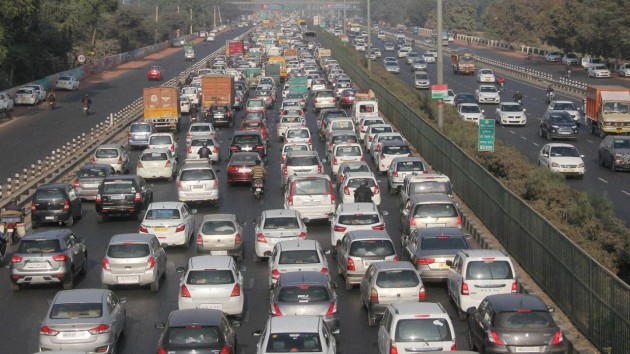The Motor Appellate Claims Tribunal hears cases filed by aggrieved parties in cases of deaths related to road accidents. These cases can drag on for years, if the parties do not come to an agreement on the compensation that needs to be paid to the next of kin.
From September 1, new car and bike owners will end up paying 2-5 times the annual rate paid for third party motor insurance premiums. Where on one hand it seems like it will benefit only insurance companies, it is the buyer who actually rakes in more benefits.
The Supreme Court has mandated insurers to only sell three-year car insurance and five-year bike insurance for all new vehicles from September 2018. This is applicable for the third party insurance as well.
According to Ministry of Road Transport and Highways data, there were 413 road accident related deaths every day in India in 2016, which meant 17 deaths every hour. Road accident injuries are one of the top four leading causes of deaths among persons between 15 and 49 years age.
The Motor Vehicles Act, 1988 mandates all vehicles running on Indian roads to have a valid third party insurance product. These products are available for a one-year period that will have to be renewed annually. The only glitch here is that there is no way to track vehicle owners once the first year of the policy ends.
Missing pieces of data
Unlike their life insurance counterparts, general insurance companies do not collect detailed Know Your Customer (KYC) data from policyholders. This means one can buy a motor insurance product merely by giving their name, email address and mobile numbers.
The real challenge comes in after the first year. One-third of customers fail to renew their insurance and companies are often unable to contact them due to various reasons.
Internal data of companies shows that after the first year, only 35 percent of motor insurance policies are renewed.
Executives from insurance companies told Moneycontrol that customers are keen on buying a motor insurance for damages that protects the car or bike, rather than third party components.
Laws have provisions for suspension of driving licence as well as cancellation of vehicle registration if one drives a vehicle without a valid insurance. However, this is seldom implemented and erring parties get away by paying spot fines.
Why a long term insurance?
In case a driver, without a valid third-party insurance, hits a pedestrian who dies on the spot, the family of the deceased can claim any amount as compensation. However, if a vehicle is under a motor insurance product, the company calculates the liability by attaching a multiple to the annual income of the victim.
The maximum number of uninsured vehicles are two-wheelers with almost 50-55 percent of them running without a third party policy. Co-incidentally, two-wheelers caused majority of deaths in accidents in the country.

Having a longer tenure policy can save a vehicle owner from high liabilities and long-drawn court cases.
The Motor Appellate Claims Tribunal hears cases filed by aggrieved parties in cases of deaths related to road accidents. These cases can drag on for years, if the parties do not come to an agreement on the compensation that needs to be paid to the next of kin.
This can lead to a waste of financial resources for the victim’s family and vehicle owners. Having a longer tenure product ensures that liabilities are taken care of by insurance companies at least for three to five years.
One could question that why has the limit been set at three to five years and not beyond that. The answer remains in data available with the ministry, which shows that vehicles that were five years old or younger were more prone to road accidents. Secondly, having a 10-year or higher tenure product would mean an average premium of Rs 15,000 being paid out at one go. For a price-sensitive market like India, this could hamper sales of automobiles.

The total number of persons killed in hit and run cases in 2016 was at 22,962, which constituted 15.2 per cent of overall deaths. In these incidents, it is easier to track the insurer than the person involved in the accident. Through the vehicle’s registration number, one can track the insurance company and get claims settled for death or hospitalisation. So, even if an accused is on the run, their insurer is liable to pay.
Price locked for multiple years
The third-party motor insurance prices are revised every year by Insurance Regulatory and Development Authority of India (IRDAI) based on the claims reported in the previous year. With high claims incidence in the segment, there is also a financial advantage to lock the premiums for three or five years.
For example, if a five-year-old bike insurance for a 150cc vehicle is Rs 3,285, this rate is only valid for FY19. This could be revised upwards during the next financial year by IRDAI, since pricing is controlled. On average, there is a 5-10 percent revision in premiums for motor vehicles.
While on one hand, there is no doubt that the move will lead to higher premium collection from the motor insurance segment, insurers will also have to allocate higher reserves for claims settlement. The incurred claims ratio is almost 140 percent in third party insurance meaning for every Rs 100 collected as premium, Rs 140 is paid out as claim.
At a time when almost 4 million vehicles are being sold every year, it is best to catch them young to ensure that external liabilities of car and bike owners are insured. Because once the vehicle skids out of the one-year window, it is next to impossible to bring them back into the insurance circuit.